Are you missing one or more teeth?
Missing teeth present a variety of dental concerns for the health of your smile. If you are missing teeth, you are more likely to experience tooth shifting or tooth decay. This is because your remaining teeth have to overcompensate for your missing teeth. Additionally, missing teeth can cause loss of bone in the jaw and changes in the appearance of your lower face.
A restorative dentist in Bountiful, UT, Dr. Larsen can provide comprehensive care for missing teeth including digital diagnostics and implant dentistry. Because missing teeth can greatly impact the functionality of your smile, we recommend treating missing teeth as soon as possible to avoid more complex problems that can minimize your treatment options.
Restorative dentistry includes dental implants, bridges, dentures, and partials as tooth replacement methods. A consultation with Dr. Larsen can help you determine which of these treatments will best meet your needs.

Replacing Missing Teeth in Bountiful, UT
Patients often want to learn more about their options for replacing their missing teeth before committing to a treatment plan. A consultation with Dr. Larsen can help answer many of your questions regarding our restorative dentistry plans. Dr. Larsen can use our in-office CBCT scanning capability to perform a thorough evaluation of your oral health.
Advanced digital imagery enables our team to provide a more accurate diagnosis, predictable treatment, and the best possible outcome. Our dental practice is based on patient education and communication, two important principles that support an optimal patient experience and lasting results.
Why Dental Implants are the Best Option
While there are many choices to replace your teeth with, dental implants are the most natural option. They are like natural teeth and allow the patient to maintain a normal diet. Tooth implants replace the tooth at the bone, thus preventing bone, a common problem with dentures and bridges.
My tooth is cracked, not missing. Do I still need to replace it?
Depending on the condition of your tooth, we may be able to treat your cracked tooth with tooth bonding, porcelain veneers, or a dental crown. Our goal is to save your natural tooth before turning to more invasive measures like tooth extraction. Dr. Larsen will evaluate your tooth and treat you in the most conservative way possible.
Which tooth replacement method is better?
Each of our restorative dentistry services offers patients different benefits. Some of our patients enjoy the natural functionality of a dental implant, while others prefer the less invasive procedure of a dental bridge. Additionally, depending on the number of teeth you are replacing, this can affect what kind of tooth replacement option will best meet your needs. Dr. Larsen will present all suitable treatment options for your consideration and explain what to expect along the way.
I have concerns about my tooth replacement procedure. What can I do to treat my dental anxiety?
Our restorative dentistry services are more invasive than our preventative care treatments. As a result, patients may be concerned about the procedure processes for replacing a tooth. This is why we provide sedation dentistry options to keep patients calm and comfortable with their desired dental procedures.
Do missing teeth cause bone loss?
Yes, missing teeth can lead to bone loss in your jaw. The jawbone needs the stimulation it gets from chewing. When you lose a tooth, the jawbone in that area doesn’t get the stimulation. As a result, it starts to thin out and weaken over time. This is why you should consider dental restorations such as implants or dentures to replace missing teeth. Replacing missing teeth with those options will also help maintain the health and structure of the jawbone.
How quick is bone loss with missing teeth?
Bone loss begins almost immediately after tooth loss or an extraction. Most of the bone loss occurs in the first year. Furthermore, studies suggest that the width of the bone decreases by 25% in the first year after tooth loss. After that, the rate of bone loss decreases, but it continues gradually over the years. This is why it’s important to address missing teeth as soon as possible. We want to minimize the impact on the jawbone and surrounding teeth.
